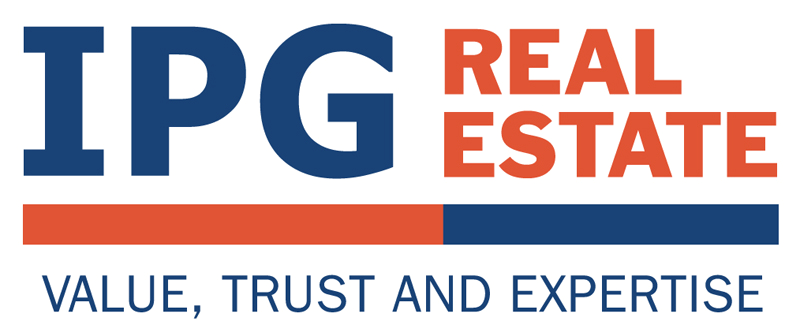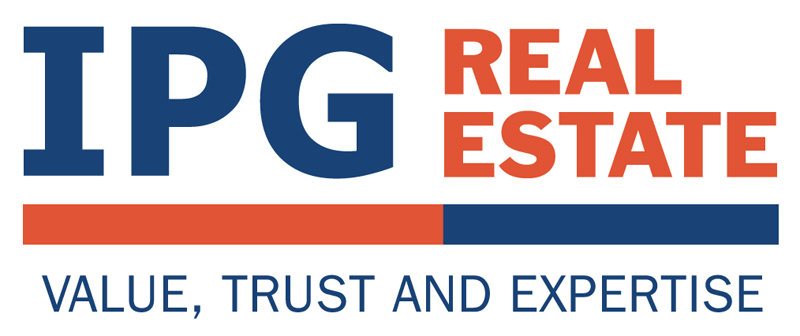The baby-boom generation is officially moving into older adult territory. As life expectancy in the United States has increased, the population of older adults has also steadily increased as baby-boomers begin their descent into retirement years. As they reach retirement age, older adults often move to new places as they begin a new chapter of their lives. But it’s not always an easy decision for these adults, or their families.
“The 55 and over community is growing. At IPG, even some of our agents have parents and relatives that decided to move when they were older – so we’ve felt the weight of making these decisions for and with loved ones,” said Teresa Vela-Hayes, Managing Director, International Properties Group.
If you’re caring for an elderly parent, an older adult looking to move, or you’re a real estate broker working with older adults, you must be aware of these four housing trends.
- Senior housing as recently defined by the American Senior Housing Association includesa. Residential settings with a minimum age requirement, usually 55 years of age
a. Residential settings with a minimum age requirement, usually 55 years of age
b. Senior Apartments
c. Independent living
d. Assisted living
e. Nursing care
f. Continuing care retirement communities - Community housing for older adults isn’t what it used to be
Many older adults and senior citizens think of the 55+ housing communities as if they were akin to nursing homes, but that isn’t the case today. These 55+ neighborhoods are popping up everywhere and usually include top-notch amenities such as clubhouses, fitness centers, pools, classes and more. Older adults that join these communities have opportunities to try new things, or continue enjoying their favorite hobbies, without the hassle or maintenance of owning and maintaining property. - Low maintenance living is key
Senior citizens don’t want the hassle of maintaining a yard, worrying about when the trash or recycling is picked up, the security of their homes. They want to simplify life with fewer responsibilities and the freedom that comes with a comfortable home in a safe, accessible, vibrant community. - 55+ communities are often near medical facilities
As we age, our bodies begin to break down more easily. For this age group, it is comforting to know that medical care is just around the corner if they ever need to access it.
IPG President George Donohue said, “At IPG, we help families maximize the financial benefits of their move, as well as keep an eye on any legislation related to older adult housing. If you’re not interested in an older adult community, we’re up to date on architectural trends like two-generation homes. Finding the right fit for older adults and their families is of utmost importance to us.”
The 50 and over population is projected to increase to 132 million by 2030, according to the Joint Center for Housing Studies of Harvard University. As this number grows, affordable and accessible housing in a good location will be central to the quality of life for older adults.


